Chandigarh, popularly known as ‘City Beautiful’, is a standing testament to architectural heritage. The well-designed city is a harmonious blend of functionality and aesthetics, reflecting the visionary ideas of its creator, Charles-Edouard Jeanneret-Gris, better known by his name Le Corbusier. He was the pioneer Swiss-French architect and designer who, post-independence, was assigned the responsibility to design Chandigarh. This urban planning was complemented by the architectural marvels that make Chandigarh one of the most iconic cities in the world today.
Best Architectural Works In Chandigarh By Le Corbusier
Read on to learn about some architectural marvels in Chandigarh, which were designed by Le Corbusier:
Secretariat Building, Chandigarh
Le Corbusier designed the capitol complex using three connected squares to layout four buildings and six monuments. Out of these, three buildings—the Secretariat, Legislative Assembly, and High Court—symbolise the workings of democracy. The fourth building, the Governor's Palace, was never constructed. The Secretariat is a massive concrete building (254m long, 42m high), completed in 1952, housing local governments of Punjab and Haryana. It features six eight-story blocks linked by sculptural ramps and is a UNESCO World Heritage Site.
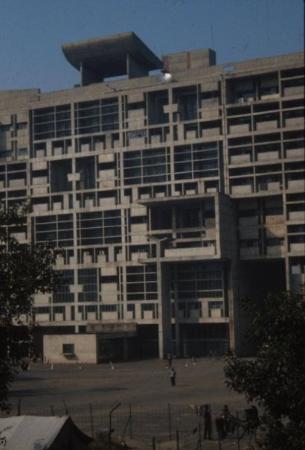
The Tower of Shadows, Chandigarh
This well-known historical structure was built in 1957. Designed by the famous architect Le Corbusier, this building was made to study the sun's movement.
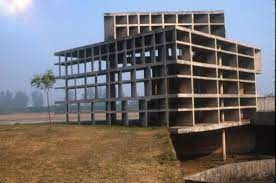
Legislative Assembly / Palace of Assembly, Chandigarh
Le Corbusier designed the Palace of Assembly in Chandigarh, India, after discussing with Prime Minister Nehru. The entrance door, around 25 square feet, incorporates cosmic and natural elements symbolising the new India. The building's design promotes movement and features a circular assembly room, breaking away from traditional architecture norms. It was declared a UNESCO World Heritage Site in 2016.
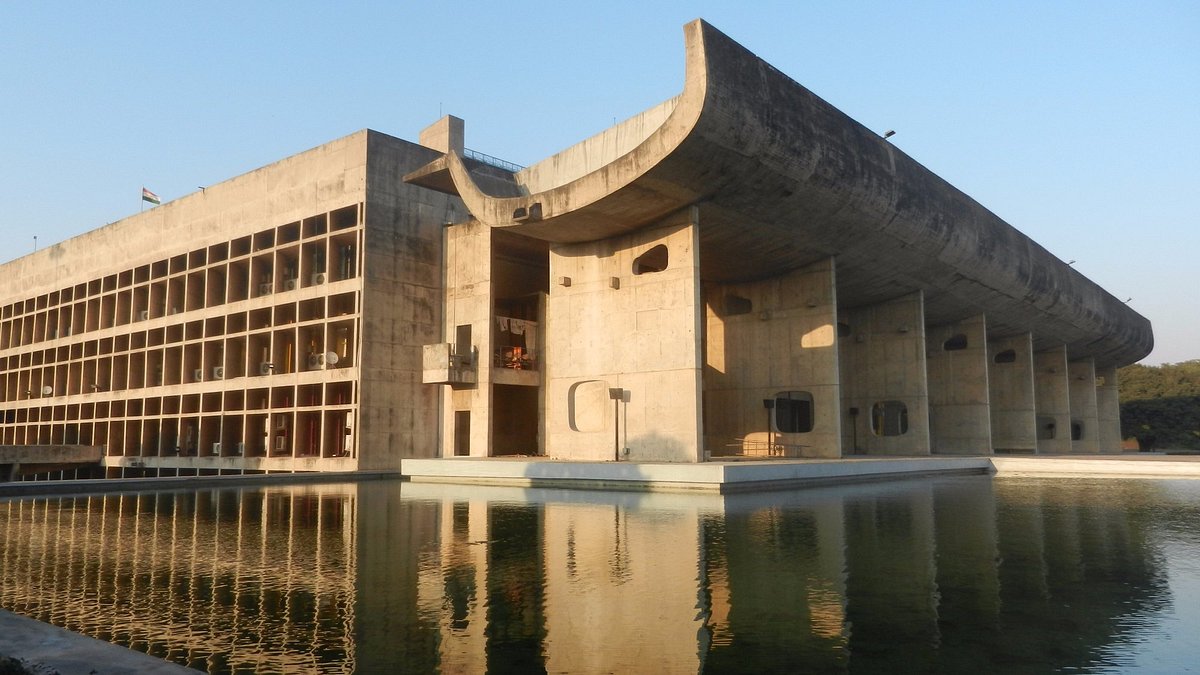
Palace of Justice / High Court, Chandigarh
The Punjab and Haryana High Court, designed by Le Corbusier, is a notable building with courtrooms and admin offices. Its grand entrance, inspired by Fatehpur Sikri's Buland Darwaza, symbolizes the power of law. The building has a rhythmic facade with huge, brightly coloured concrete pylons. A verandah was added for protection from sun and rain. An annex was built for extra space. Judges now use a motorway entry instead of the planned pedestrian esplanade. This is also a UNESCO World Heritage Site.
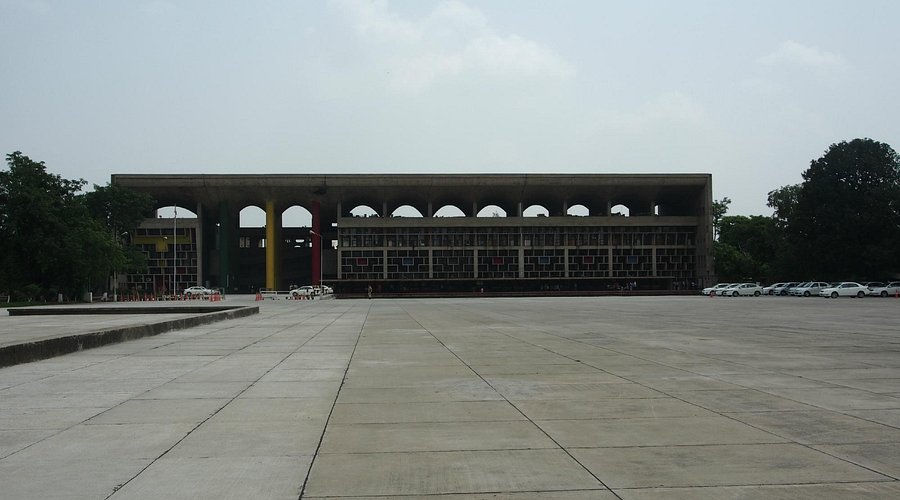
Museum and Art Gallery, Chandigarh
Le Corbusier and his team designed the Government Museum and Art Gallery in Chandigarh to house artifacts from the Lahore Museum after India's partition. Built between 1962 and 1967, it's one of Le Corbusier's three museum designs. The museum showcases Gandhara sculptures, Pahari miniatures, and modern Indian art. It serves as a hub for tourists, researchers, and artists, featuring an auditorium, three exhibition levels, and a library. The building's design matches Chandigarh's signature style, with a colourful mural by Satish Gujral.
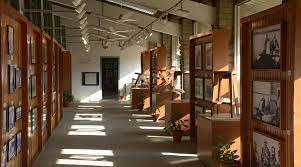
Credits: Tripadvisor
Keep reading Herzindagi for more such stories.

Take charge of your wellness journey—download the HerZindagi app for daily updates on fitness, beauty, and a healthy lifestyle!


Comments
All Comments (0)
Join the conversation